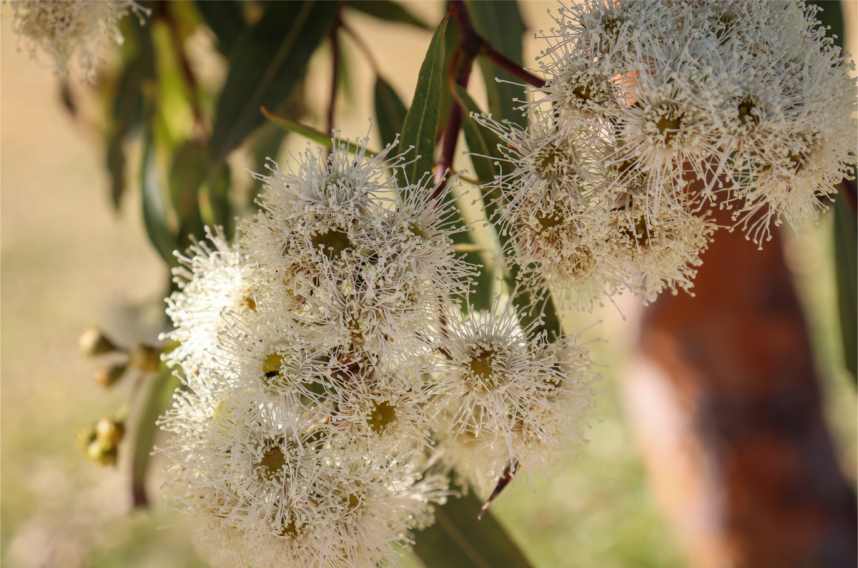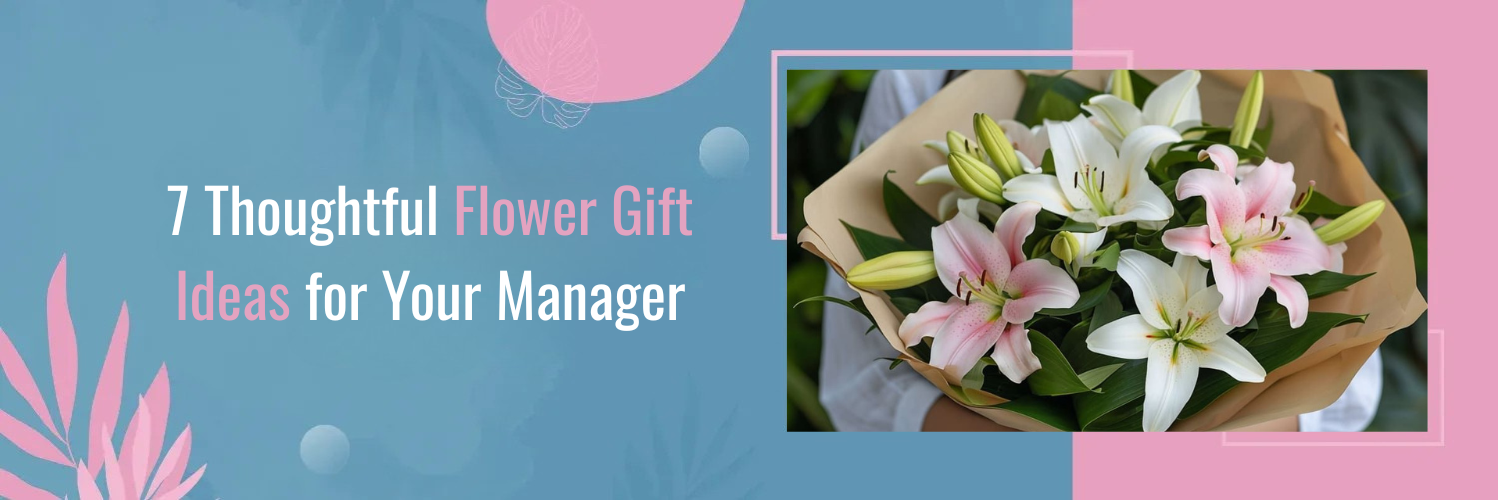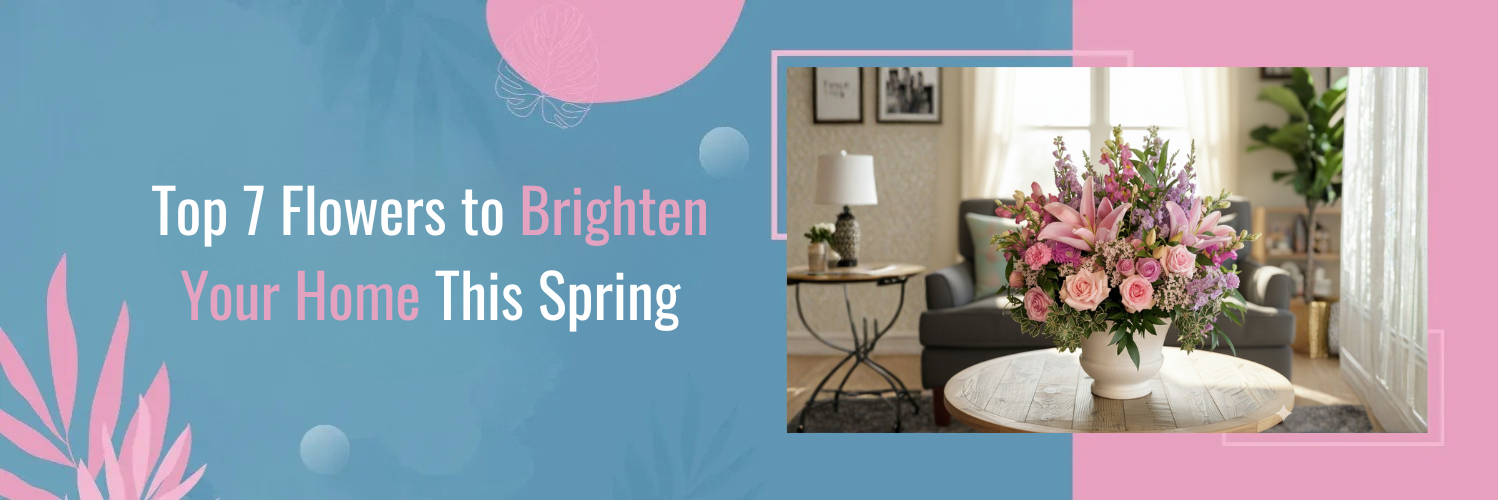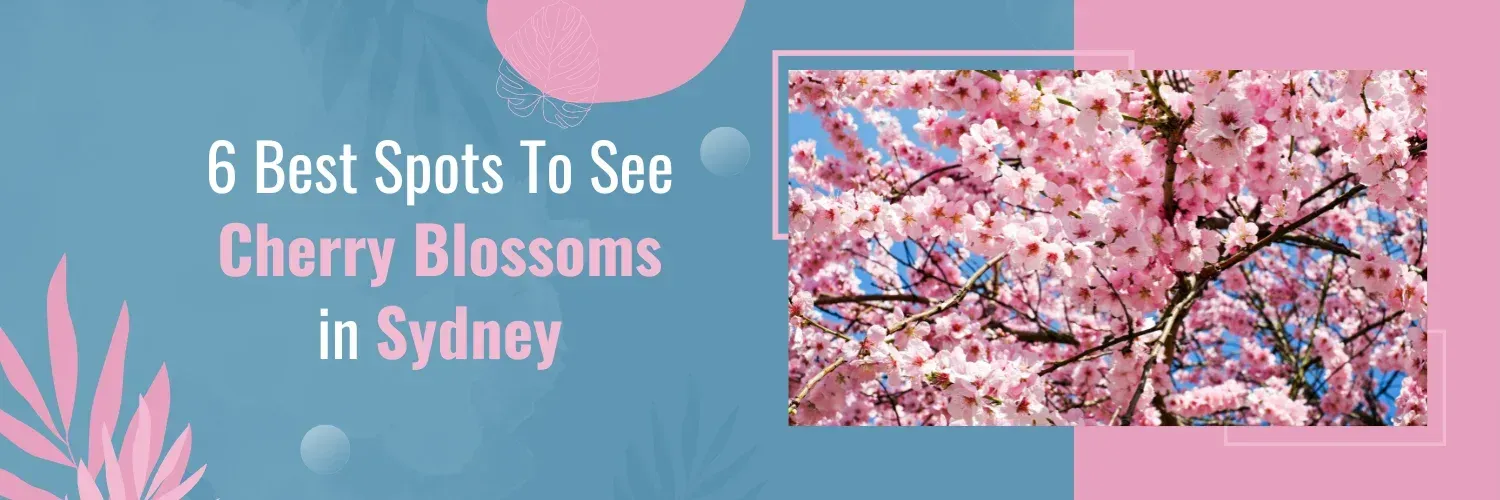What are Hardy Flowering Plants?
Hardy perennials, also known as hardy flowering plants, are plants that can survive and thrive through various environmental conditions, including winter cold and frost. These plants go through periods of dormancy during colder months and then regrow and bloom during the warmer seasons. They are a popular choice for gardeners because they provide consistent beauty year after year without needing to be replanted annually.
The Top 8 Hardy Flowering Plants for Australian Landscapes
Bottlebrush (Callistemon)
Known for its distinct brush-like flowers that come in vibrant reds and yellows, the Bottlebrush is a favorite among Australian gardeners. It’s not just about looks; this plant is also drought-resistant. Ideally, they thrive in full sun and can tolerate a variety of soil types, as long as the soil drains well.
Kangaroo Paw (Anigozanthos)
Characterized by its unique paw-shaped flowers, the Kangaroo Paw is an iconic Australian plant. It’s best suited for sandy soils and requires a sunny spot in the garden. With hues ranging from red to yellow, they’re a striking addition to any landscape.
Waratah (Telopea)
The Waratah, with its large, fiery red blooms, is native to the southeastern parts of Australia. This plant requires well-drained soil, and while it appreciates sun, it can tolerate partial shade. It’s also resistant to most pests.
Banksia
Banksias are versatile with over 170 species displaying a variety of shapes and colors. They thrive in well-drained soils, prefer sunny locations, and once established, can withstand prolonged dry spells.
Grevillea
This plant’s spider-like flowers come in a plethora of colors. Grevilleas are adaptable but thrive best in well-draining soils under full sun. They’re also known to attract nectar-loving birds.
Golden Wattle (Acacia pycnantha)
Australia’s floral emblem, the Golden Wattle, is adorned with bright yellow pompom flowers. It’s a fast-grower, drought-resistant, and prefers full sun with good drainage.
Eucalyptus Flowering Varieties
While Eucalyptus is known for its iconic gum trees, many varieties produce vibrant flowers. These hardy trees prefer sunny locations and can tolerate a range of soil conditions.
Flannel Flowers (Actinotus helianthi)
Resembling daisies, these soft-petaled flowers thrive in sandy or gravelly soils. They require a sunny spot and are quite drought-tolerant once established.
Benefits of Planting Hardy Flowering Plants
Hardy flowering plants have become increasingly popular choices for Australian landscapes due to the numerous benefits they offer. In a country known for its unpredictable climate and challenging conditions, these plants provide not only visual appeal but also practical advantages that make them a valuable addition to any garden.
Water Conservation
- Reducing the Need for Frequent Watering: One of the primary advantages of hardy flowering plants is their remarkable ability to thrive with minimal water. These plants have evolved to endure drought conditions, making them ideal for regions prone to water shortages. Their reduced water requirements help conserve this precious resource while still allowing for a beautiful and vibrant garden.
- Sustainable Gardening in Water-Restricted Areas: In areas where water restrictions are a concern, cultivating a garden with hardy plants is a sustainable choice. By relying on species that are naturally adapted to low-water conditions, gardeners can enjoy lush landscapes without straining local water supplies or violating water usage regulations.
Long-lasting Blooms
- Extended Blooming Periods: Unlike some delicate flowering plants that produce short-lived blossoms, hardy species often offer extended flowering periods. This means that gardeners can enjoy a burst of color and beauty for an extended time, enhancing the visual appeal of their outdoor spaces.
- Enhancing Garden Aesthetics: The long-lasting blooms of hardy flowering plants contribute to the overall attractiveness of a garden. Whether used as focal points or as part of a colorful backdrop, these plants add vibrancy and charm to landscapes that persist throughout the growing season.
Low Maintenance Requirements
- Lesser Susceptibility to Pests and Diseases: Hardy plants are typically more resistant to common pests and diseases, thanks to their adaptive qualities and natural defenses. This resilience reduces the need for frequent pesticide applications and lowers the risk of infestations that can mar the beauty of a garden.
- Reduced Pruning and Fertilization Needs: These plants often require less intensive maintenance compared to more delicate species. Their ability to thrive in challenging conditions means they generally need less pruning, deadheading, and fertilization, making them an ideal choice for busy gardeners or those seeking a low-maintenance garden solution.
Australian Climate and Its Impacts on Flora
Australia’s climate is as diverse as its landscapes, with a range of climatic zones influenced by factors such as latitude, topography, and ocean currents. This diversity is reflected in the remarkable variety of flora that has adapted to survive and thrive in these conditions. Understanding the Australian climate and its impacts on flora is crucial for successful gardening and landscaping endeavors.
Regional Variations in Climate
- Coastal vs. Inland Areas: Coastal areas experience milder and more stable temperatures due to the moderating influence of the ocean. These regions tend to have relatively higher humidity levels and more consistent rainfall throughout the year. This climate is favorable for a wide array of plants, including those that prefer higher moisture levels. Inland areas, on the other hand, have a more pronounced temperature range, with scorching hot summers and cold winters. Plants in these regions need to be hardy and capable of withstanding temperature extremes.
- Rainforest Regions vs. Arid Zones: Rainforest regions, found primarily along the northeastern coast, receive substantial rainfall and have a humid tropical climate. These areas support lush vegetation, including various ferns, palms, and dense canopy trees. In contrast, arid zones cover a significant portion of the country, particularly in the central and western regions. These areas experience limited rainfall and often feature drought-resistant plants with specialized adaptations to conserve water.
Soil and Watering Needs
- Variability in Soil Types Across Regions: Australia’s soil diversity is linked to its geological history and climatic conditions. Coastal regions often have sandy soils that drain well but may lack nutrients. Inland areas can have soils with higher clay content, affecting drainage and nutrient availability. Understanding the soil type in your specific region is essential for choosing plants that will thrive.
- Importance of Well-Draining Soil: Given the erratic rainfall patterns and the prevalence of drought, well-draining soil is critical for plant survival. Poorly draining soil can lead to root rot and other issues, particularly in wetter periods. For this reason, amending soil with organic matter or coarse materials can improve its structure, allowing excess water to escape and providing essential nutrients to plants.
Tips for Planting and Caring for These Plants
Growing and maintaining hardy flowering plants in your Australian landscape requires thoughtful planning and attentive care. By following these tips, you can ensure that your garden thrives and remains a source of beauty and enjoyment throughout the seasons.
Soil Preparation
- Ensuring Good Drainage: Before planting, assess the drainage capabilities of your soil. Hardy plants thrive in well-draining soil, which prevents waterlogged roots and potential root rot. If your soil has poor drainage, consider amending it with coarse sand, perlite, or organic matter to improve its structure.
- Soil Amendments for Specific Plants: Research the specific soil preferences of the plants you’re growing. Some hardy flowering plants may require specific soil conditions, such as slightly acidic or alkaline soil. Incorporate appropriate soil amendments to create an optimal environment for their growth.
Watering Practices
- Understanding Watering Needs: While hardy plants are drought-resistant, they still require proper hydration, especially during their establishment phase. Water newly planted specimens more frequently until they develop a robust root system. Once established, adjust your watering schedule based on the individual water needs of each plant.
- Drip Irrigation and Mulching: Consider using drip irrigation systems to deliver water directly to the root zone, minimizing water wastage and reducing the risk of fungal diseases. Mulching around the base of plants with organic mulch helps retain soil moisture, regulate soil temperature, and suppress weed growth.
Pruning and Maintenance
- When and How to Prune: Pruning is an essential aspect of maintaining healthy and attractive hardy flowering plants. Regularly inspect your plants for dead or diseased branches and remove them promptly. Some species benefit from pruning after their blooming period to encourage new growth and maintain a desirable shape.
- Managing Pests and Diseases: While hardy plants are generally more resistant to pests and diseases, it’s still important to monitor your garden for any signs of trouble. Regularly inspect your plants for aphids, caterpillars, or other common pests. If you notice any issues, consider using environmentally friendly pest control methods to address the problem early.
Conclusion
In the realm of landscaping and gardening, the choice of hardy flowering plants stands as a testament to a commitment to both the natural world and the aesthetics of our surroundings. Beyond being a mere trend, this selection underscores a sustainable approach that reveres Australia’s distinctive flora. By introducing these resilient plants into our landscapes, we not only relish in the enduring splendor of their blooms but also forge a meaningful connection with the environment. So, to all the garden enthusiasts and landscape aficionados, let’s join hands in nurturing the innate beauty of our land while enjoying the rewards it brings.
For those seeking to explore a diverse array of hardy flowering plants, we invite you to delve into the offerings and services of Bourke’s Florist, where you can discover a curated collection that harmonizes beautifully with the Australian landscape. Visit our website to learn more about our products and services, and embark on a journey of transforming your outdoor spaces into flourishing oases of color and vitality.
FAQs
Q: Why is it important to choose native plants for Australian gardens?
Native plants are adapted to the local climate and soil, making them more resilient and requiring less maintenance. They also support local wildlife by providing food and habitats.
Q: How often should I water these hardy plants during summer?
Initially, they should be watered regularly until established. Post that, they can usually tolerate longer periods without water, but it’s best to monitor the soil moisture and water when it feels dry to the touch.
Q: Can I plant a mix of these plants in a single garden bed?
Absolutely! Many of these plants complement each other aesthetically and thrive under similar conditions. Just ensure they have similar water and soil needs.
Q: Are these plants pet-friendly?
While many Australian natives are not toxic, always check the specific plants if you have pets that might nibble on them.































